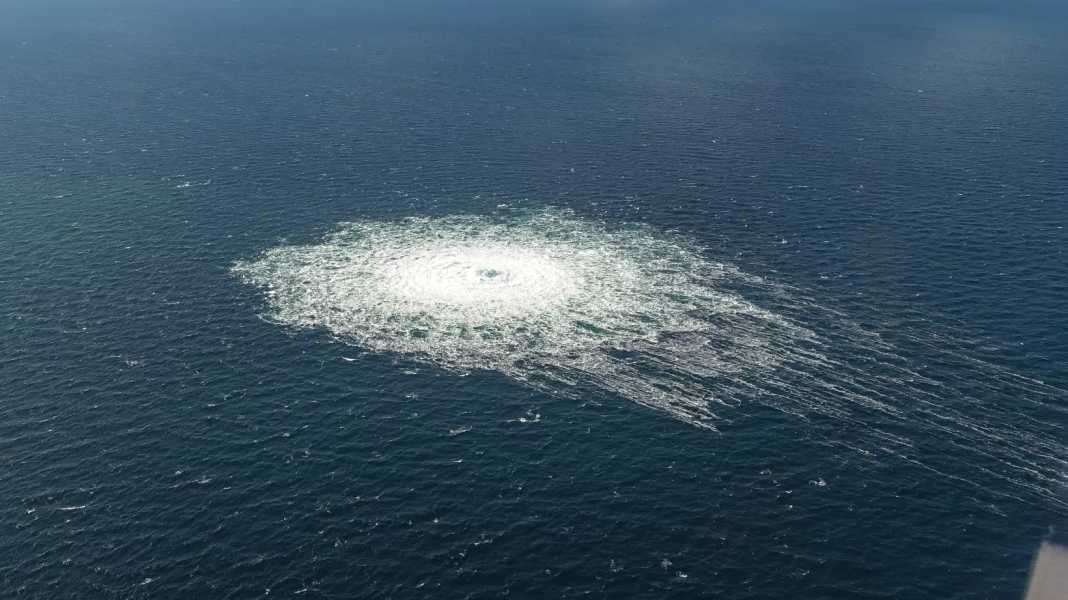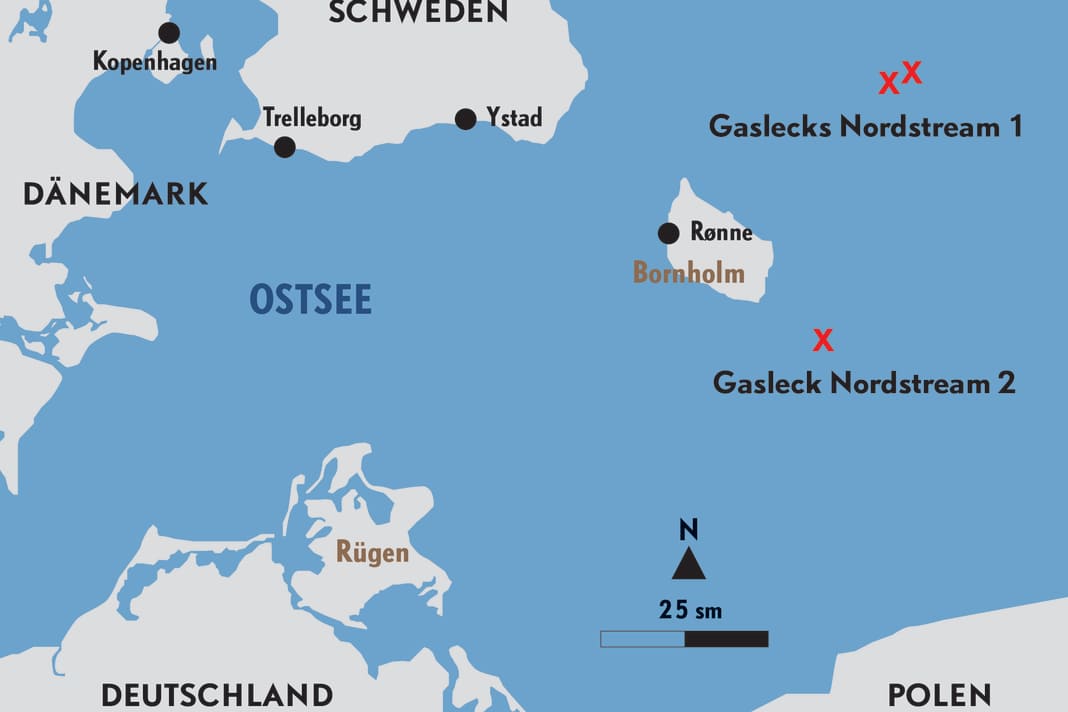Safety: Dangerous gas leaks in the Baltic Sea - exclusion zones established

On Tuesday, two Danish fighter jets photographed an unusually strong bubble formation south-east of Bornholm, which has since been linked to a major leak in the Nord Stream 2 gas pipeline. Shortly afterwards, two more gas bubble fields were reported north-east of Bornholm, which were attributed to the older Nord Stream 1 gas pipeline.





The Danish and Swedish authorities as well as the EU are assuming sabotage or an attack. The pipelines are located at the bottom of the Baltic Sea at depths of 70 metres and 88 metres respectively and are therefore difficult to access. Underwater measuring stations are said to have recorded explosions before the sudden pressure drops that were reported on Sunday night. Even though both pipelines were not in operation at the time of the incidents - Nord Stream 2 was never commissioned - the pipelines were nevertheless filled with gas, which is now escaping. The exact reasons for this, especially who could be behind it, are still unknown and therefore speculative.
There is also a video of a spooky-looking gas bubble field on the website of the Danish Ministry of DefenceForsvaretto see
Hazard to shipping
The fact is, however, that it is dangerous directly above the leaks. Ships could lose their buoyancy and sink, and there is also a potential risk of ignition and thus explosion. For this reason, the Danish Maritime AuthoritySøfartsstyrelsen exclusion zones have been set up, each with a radius of five nautical miles around the leaks. The inhabitants of Bornholm and Christiansø, however, should not be at risk.
The exact coordinates of the gas bubble fields near Bornholm, which must be avoided at a safe distance of five nautical miles:
54° 52.60'N - 015° 24.60'E
55° 33.40'N - 015° 47.30'E
55° 32.10'N - 015° 41.90'E
